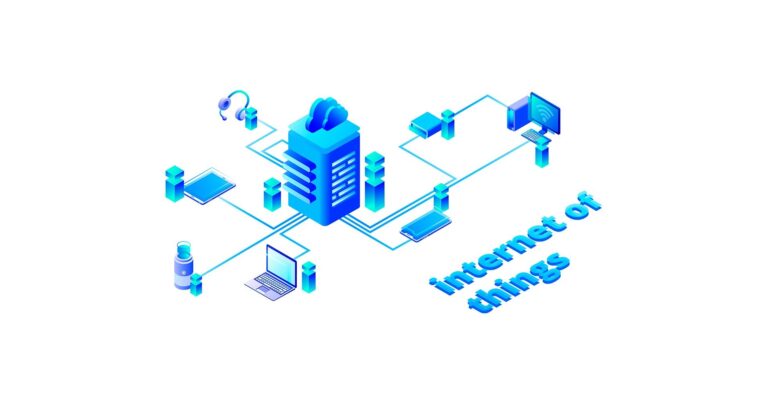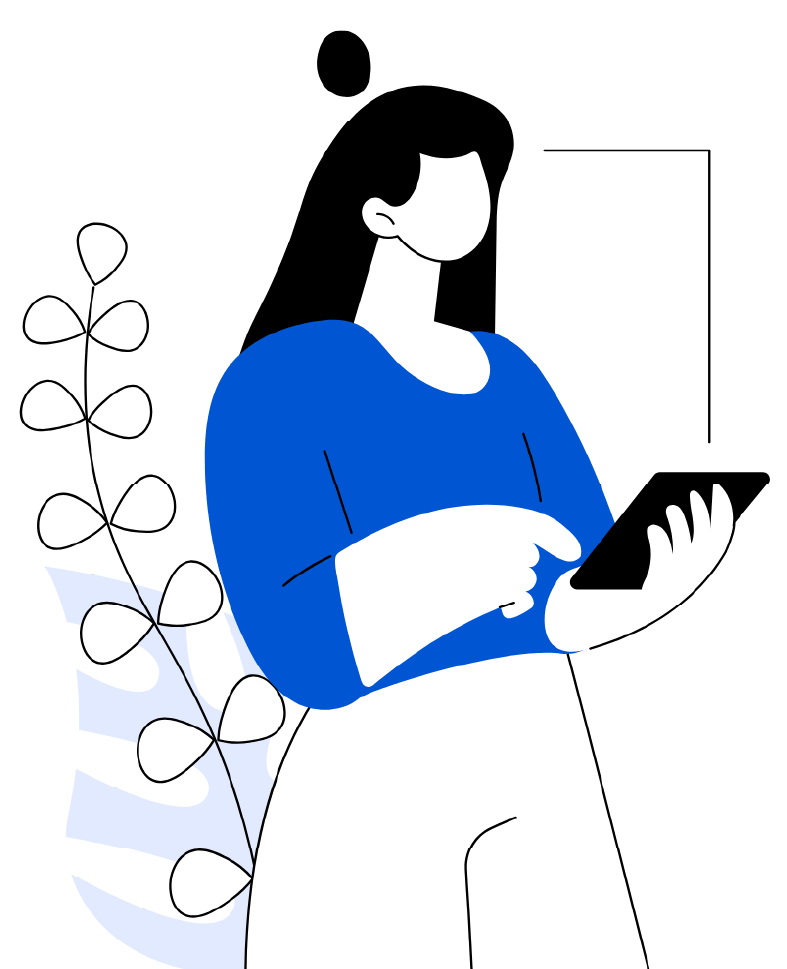An Oral History of “The Internet of Things “(Iot)
Introduction:
IoT- Internet of Things: Iot is a term that represents a collection of ideas, devices and processes. Each thing is represented by a device, sensor, asset, or machine. These Things are usually working together to create larger solutions by sending and reacting to data from an ecosystem.
“The Internet as a Network had the Potential To become like a Nervous System If we added sensing capability”.
How IoT Works:
An IoT ecosystem consists of web-enabled smart devices that use embedded processors, sensors and communication hardware to collect, send and act on data they acquire from their environments. IoT devices share the sensor data they collect by connecting to an IoT gateway or other edge device where data is either sent to the cloud to be analyzed or analyzed locally.
Sometimes, these devices communicate with other related devices and act on the information they get from one another. The devices do most of the work without human intervention, although people can interact with the devices — for instance, to set them up, give them instructions or access the data.
The connectivity, networking and communication protocols used with these web-enabled devices largely depend on the specific IoT applications deployed.
The Iot Life-cycle:
- Collect
- Communicate
- Analyze
- Act
Collect: Devices and Sensors are collecting data from everywhere
Communicate: Sending data and events at high speeds across networks
Analyze: Creating Information from the data
Act: Taking action based on the Information and data.
Benefits of IoT:
The internet of things offers a number of benefits to organizations, enabling them to:
- Monitor their overall business processes;
- Improve the customer experience;
- Save time and money;
- Enhance employee productivity;
- Integrate and adapt business models;
- Make better business decisions; and
- Generate more revenue.
IoT encourages companies to rethink the ways they approach their businesses, industries and markets and gives them the tools to improve their business strategies.
Future of Iot:
The future of Internet of Things will be shaped more by the ever-evolving utility of the Internet, then by individual product development challenges. For better or worse, humanity is moving towards an exponentially increasingly wired world. Driven by convenience, entertainment, or necessity, we keep adhering and integrating wireless technology into everything. Whether this increasing connectivity eventually coheres into a seamless symphony of convenience, access, and data, or falls, flat, one thing is for certain.
While looking into the next stages of this term and technologies there are many opportunities and challenges to face including privacy concerns, security, costs, standards, regulations, and the list goes on.
“Anything with a battery will have network connection”
- Smart wristwatches that provide directions to the nearest fire extinguisher in case of a fire;
- Pens that “remember” and store a consumer’s hand motions, thus recording what it has written;
- Implanted organs that can notify hospitals when they begin to fail;
- Homes that “learn” and “adapt” to their owner’s needs by activating or deactivating residential devices based on its predictions of the owner’s behavior;
- Cars that automatically reduce energy as they “sense” approaching gas stations; or
- Water conservation systems that automatically conserve water based on weather predictions.
Challenges:
- Security as Top Priority
- Interoperability between disparate devices
- Education of the field and it’s capabilities.
- Bringing multiple parties together to create end-to-end solutions.
Data storage will also be a key issue for IoT firms storing the data and the businesses collecting it. Further, for businesses, the fragmented nature of Internet of Things data could be a nightmare, as IT departments will have to warehouse it within internal enterprise databases that are fundamental different.
One of the other important problems in front of IoT development is that the devices do not interfere or affect each other. For this reason, it is vital to ensure uninterrupted and accurate data flow between devices and network systems, avoiding false flows due to geographical conditions and connection models.
“The concept of the Internet of Things (IoT) has been integrated into everyday life as a concept that we have been hearing recently and can continue to hear in the future.”
Final Thoughts:
Having outlined the past, present, and future of the internet of things, we’ve come to the conclusion that connected technology is evolving swiftly despite cyber security challenges on its way. IoT solutions promise to advance in the years ahead to change the way we live and work for the better.
It is possible that the Internet of Things changes everything as a technology revolution. Connection with “Everything, everywhere, every time, and everybody” (4E), seems to be the basis of the new world order.
“Assess the requirements, Explore the opportunities and Implement the changes and Succeed – Sky is the limit”.
If, you are a newbie and have some questions- ask me in the comments…
If, you’re an expert- share your secrets with me in the comments…
THANK YOU!!!






